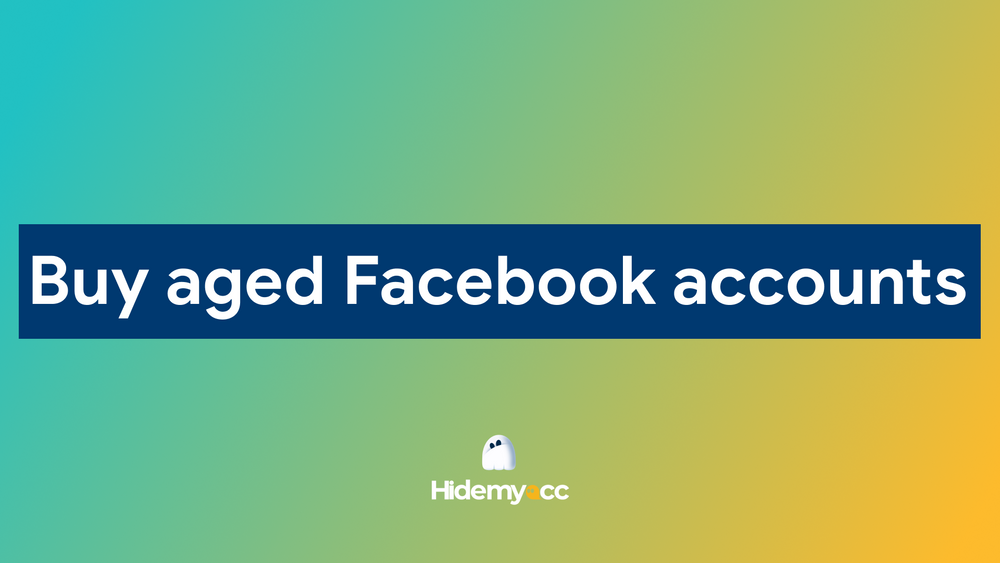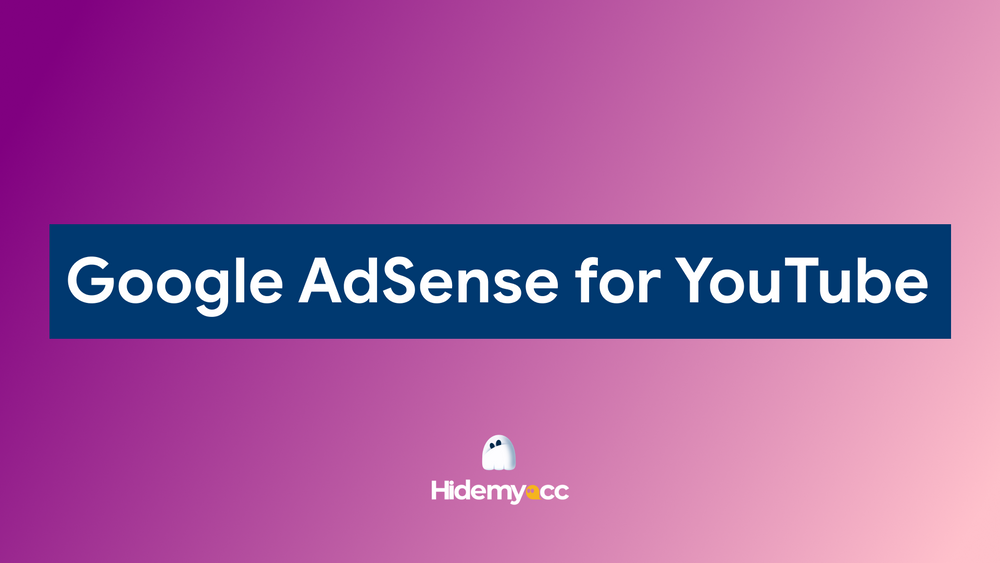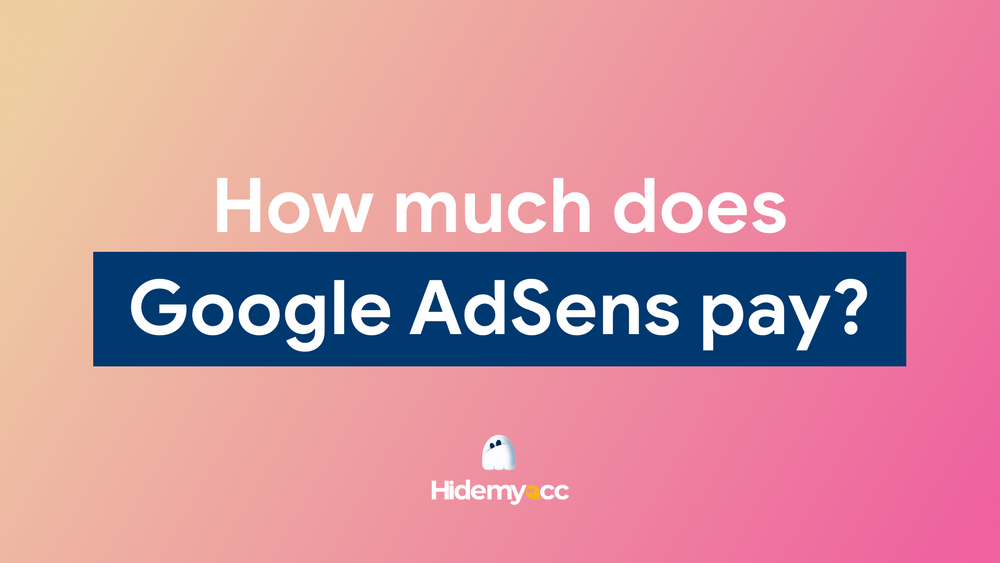YouTube Shorts has revolutionized the way we consume short-form video content, offering a fresh opportunity for creators to gain massive reach and monetize their videos. If you're wondering how to get started with monetization on YouTube Shorts and how much you can earn, you're in the right place. In this comprehensive guide, we’ll take you through the essentials of YouTube Shorts monetization, share tips on maximizing your earnings, and cover everything you need to know to start making money on the platform.
1. How much can you earn from YouTube Short monetization?
When it comes to monetizing YouTube Shorts, your earnings depend on multiple factors. However, unlike traditional YouTube monetization through ads, YouTube Shorts monetization works differently. YouTube provides creators with several ways to earn money:
1.1. Ad revenue
Just like regular YouTube videos, Shorts can generate revenue through ads. However, the key difference lies in how YouTube ads are shown on Shorts. Ads typically appear between videos in the Shorts feed, and the revenue is shared with creators who are eligible for the YouTube Partner Program (YPP).
1.2. YouTube shorts fund
YouTube launched the Shorts Fund, a $100 million fund designed to pay creators for their most engaging videos, even if they aren't part of YPP. The fund is distributed monthly based on performance metrics such as views, engagement, and video creativity.
1.3. Sponsorships and brand deals
Many creators also earn money by partnering with brands for product placements or sponsored content. As your Shorts grow in popularity, brands may approach you with deals to feature their products in your videos.
1.4. Affiliate marketing
Another way to earn money is through affiliate marketing. By including affiliate links in your Shorts' descriptions, you can earn a commission for each sale generated through your link. This is a popular method among creators, as it allows for passive income.
While the exact earnings vary depending on the type of content and your audience size, YouTube Shorts can become a lucrative income stream for creators once they understand the different monetization options available.
>>> How much does YouTube pay per view? A handy guide for creators
2. How does YouTube Short monetization work?
Understanding how YouTube Shorts monetization works is crucial to making the most of this platform. Unlike standard YouTube videos, Shorts are short, vertically-oriented videos lasting 60 seconds or less.
Here’s how monetization on YouTube Shorts functions:
2.1. Ad revenue sharing
YouTube shares ad revenue with creators who are part of the YouTube Partner Program (YPP). When viewers watch your Shorts, ads are displayed between videos or while browsing the Shorts feed. Your share of this revenue depends on the total number of views your content receives and how advertisers bid for those views.
2.2. Eligibility for the YouTube Partner Program
In order to monetize your Shorts through ad revenue, you need to be eligible for YPP. This requires meeting specific criteria, such as having 1,000 subscribers and 4,000 watch hours in the past 12 months. You must also comply with YouTube’s policies and guidelines.
2.3. YouTube Shorts Fund
If you're not part of YPP, YouTube still offers the Shorts Fund as an alternative. Every month, YouTube selects creators to reward based on the performance of their videos, engagement levels, and originality. The fund is distributed among qualifying creators who have consistently posted engaging Shorts.
2.4. Additional monetization methods
Besides ad revenue and the Shorts Fund, creators can explore other monetization options like sponsorships, affiliate marketing, Super Thanks, and channel memberships. These additional revenue streams help diversify income and build long-term success on the platform.
3. What are the requirements for YouTube Shorts monetization?
To monetize YouTube Shorts, certain eligibility requirements need to be met. Whether you are applying for ad revenue through YPP or aiming to receive payouts from the Shorts Fund, it’s important to know what’s needed to start.
3.1. YouTube Partner Program (YPP) requirements
To join YPP and start earning from ads on YouTube Shorts, you must meet these criteria:
- At least 1,000 subscribers on your YouTube channel
- 4,000 public watch hours in the last 12 months
- Comply with YouTube’s monetization policies and guidelines
- Have an AdSense account connected to your channel
Once you meet these criteria, you can apply for YPP through the YouTube Studio and wait for approval. If accepted, your Shorts will be eligible to earn ad revenue.
3.2. YouTube Shorts fund eligibility
For creators who don’t yet meet YPP requirements, YouTube offers the Shorts Fund. To be eligible for the Shorts Fund:
- You must be 18 years old or older, or have the permission of a parent/guardian if younger
- You need to consistently create engaging, original Shorts content
- While there are no specific requirements for watch hours or subscribers, the amount you earn from the Shorts Fund is based on the performance of your videos.
4. How to start monetizing YouTube Shorts?
If you're ready to start monetizing your YouTube Shorts, here’s a step-by-step guide to get started:
Step 1: Set up your YouTube channel
First, create a YouTube channel if you haven't already. Make sure your channel is optimized with an engaging profile, banner, and description that aligns with your niche. Choose a clear branding strategy to attract your target audience.
Additionally, if you want to create and manage multiple YouTube channels without being detected and avoid shadowbans, you can use the antidetect browser Hidemyacc. Each Hidemyacc profile has distinct browser fingerprint parameters, making websites recognize them as different devices. When you add a proxy, these profiles will also have different IP addresses.
Step 2: Create high-quality shorts content
The key to monetizing YouTube Shorts is creating engaging, high-quality content. Focus on content that is entertaining, informative, or resonates with your audience. Keep videos under 60 seconds, and ensure they are optimized for mobile viewing.
Step 3: Meet monetization requirements
To start earning from ads, ensure you meet YPP’s requirements: 1,000 subscribers, 4,000 watch hours, and compliance with YouTube’s guidelines. You can track your progress in YouTube Studio.
Step 4: Apply for the YouTube Partner Program
Once you meet the eligibility requirements, apply for YPP through YouTube Studio. After approval, you can start monetizing your Shorts with ads. You can also enable features like Super Thanks and memberships.
Step 5: Explore the YouTube Shorts fund
If you are not yet eligible for YPP, try to gain traction with your Shorts. YouTube will reach out to you if you're eligible for the Shorts Fund. Keep creating viral and high-engagement content to increase your chances.
Step 6: Diversify your income streams
In addition to ad revenue, explore other ways to monetize your Shorts, such as affiliate marketing, brand deals, and sponsored content. Consider using affiliate links in your video descriptions for added income.
>>> Why was my YouTube account suspended? 7 common reasons and how to appeal
5. YouTube Shorts monetization: Other ways to earn money online
Apart from the traditional YouTube Shorts monetization methods like ads and the Shorts Fund, there are additional ways to earn money online:
5.1. Affiliate marketing
By sharing affiliate links in your Shorts descriptions, you can earn commissions when viewers purchase products through your link. Make sure the products align with your audience’s interests to increase conversion rates.
5.2. Sponsored content
As your channel grows, brands may approach you for sponsorships. This can be an effective way to earn money, especially if you’re creating content that aligns with a brand’s target audience.
5.3. Merchandise and products
Another monetization option is selling your own merchandise. YouTube allows creators to sell merchandise directly through the platform using tools like Teespring. You can promote your products through Shorts and earn a commission on each sale.
5.4. Memberships
If you're eligible for these features, Super Thanks lets fans give you a one-time donation for your content, while memberships allow you to offer exclusive content to paying subscribers.
>>> How to get 1,000 views on YouTube for free without ads or bots
>>> How to increase views on YouTube? Tips, tricks & free method
6. Conclusion
Monetizing YouTube Shorts can be a fantastic way to turn your creativity into income. By understanding how YouTube Shorts monetization works, meeting the eligibility requirements, and diversifying your income streams, you can maximize your earnings on the platform. Whether you're earning through ads, the Shorts Fund, or additional methods like affiliate marketing, there are plenty of opportunities to build a successful online business.
7. FAQ
Question 1: How much do YouTube Shorts pay per 1,000 views?
The payment per 1,000 views varies based on factors such as viewer engagement, location, and advertiser demand. However, on average, creators can earn between $0.01 to $0.03 per view.
Question 2: Can I get monetized on YouTube Shorts with a small channel?
Yes, even small channels can earn money if they meet the eligibility requirements for YouTube Partner Program or if they are eligible for the Shorts Fund.
Question 3: Do you need 1,000 subscribers to monetize YouTube Shorts?
Yes, to earn ad revenue from YouTube Shorts, you must be part of the YouTube Partner Program, which requires having at least 1,000 subscribers.
Question 4: How many Shorts should I post per day to maximize earnings?
There is no set number of Shorts to post. However, posting consistently and ensuring your content is engaging and relevant will help you gain more views and increase your chances of earning.
Question 5: Does YouTube Shorts pay everyone?
No, YouTube Shorts only pays creators who are eligible for YPP or are selected for the Shorts Fund. The amount you earn depends on factors like video performance, engagement, and audience.






